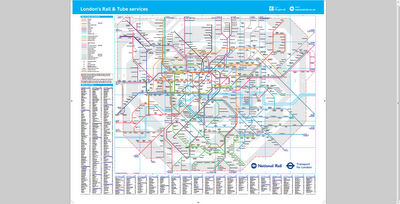Deutsche Bahn Inter City Experimental
Research on running high speed trains on existing railroad network began jointly by Deutsche Bahn and a group of railroad engineering companies (Siemens, Krauss-Maffei, Krupp - now ThyssenKrupp, Thyssen - now Thyssen Krupp, Henschel - now Bombardier, AEG - now Bombardier, and BBC - now Bombardier) in 1974, a year after (10 years after Japan launched the famous bullet train running at 130 mph) DB launched its 125 mph Inter City service with locomotive hauled trains much like the Northeast Regional . The decision came in 1982 that a test train with 2 locomotives (DB Class 410) permanently coupled to 3 cars be built to evaluate the concept of such a train. This train was dubbed the Inter City Experimental , delivered in 1985, the forefather of the sleek high speed trains today running DB’s Inter City Express services. The Inter City Experimental was renamed to ICE V and continued to run as a test train for research and evaluation purposes until 1998, 7 years after ICE 1 (DB Class 401) ...

